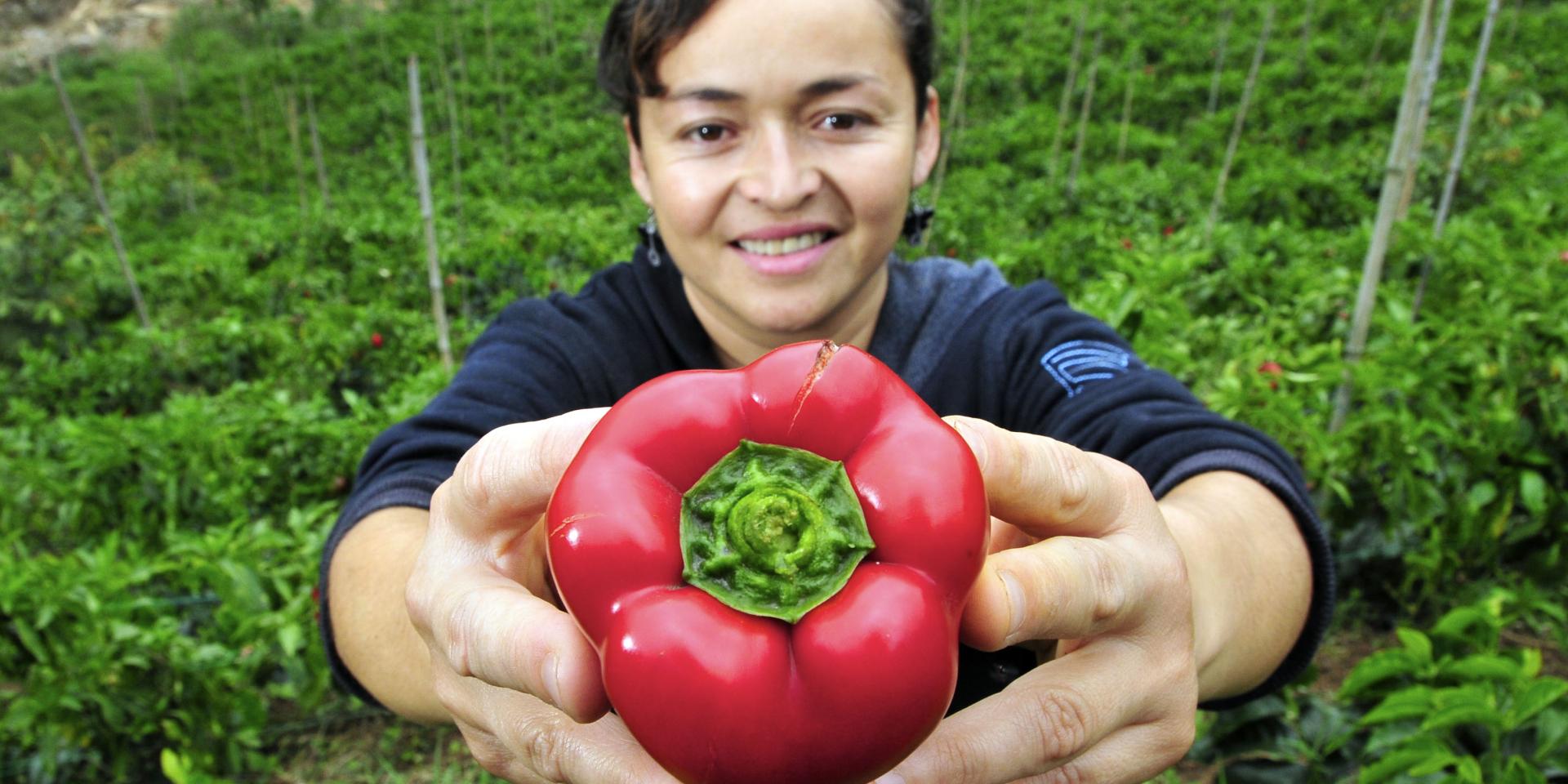The role of rural women in the Latin American agri-food system

This year's theme for the International Day of Rural Women is "Building rural women’s resilience in the wake of COVID-19". On this occasion, we have asked CGIAR centers and programs to describe how their research is supporting rural women during times of crises. This post, by the CGIAR Research Program on Agriculture for Nutrition and Health (A4NH), is one in series of responses.
With more than half of the population of Latin America affected by overweight (58%) and a quarter (23%) by obesity patterns, Latin America is going through an unprecedented health crisis generalized throughout the region (FAO 2017). This disease affects women more frequently than men. In general, the region faces what is known as the triple burden of malnutrition: in addition to overweight and obesity, there are also problems of malnutrition and micronutrient deficiencies. This blog discusses some of the existing links connecting the food system, trends in overweight and obesity, and the gender gap in Latin America.
Latin America has one of the highest rates of female labor participation worldwide, with women constituting the basis for regional economic development. In the region, as well, the growing trend in obesity and overweight rates, especially affects women and, with a greater emphasis, rural women. This is particularly due to the reduction of mobility and physical activity, which is influenced by the sedentary living conditions to which many women in rural areas are subjected. For their part, men show greater mobility, although they are also affected by sedentary patterns in urban or semi-urban areas. One consequence of the high participation of women in the labor market is that it is often related to less time available for domestic tasks, and combined with traditional gender roles that have not adapted to these changes in work time use, it has forced families to adopt more convenient food options.
The increasing participation of women in the labor market in Latin America has, thus, favor the adoption of prepared meals or pre-made foods, as well as the high consumption of long-lived processed foods that comparatively incur less cost (in terms of time and money) as opposed to those identified as fresh and natural foods. These changes in diets have been reflected not only in increasing rates of obesity and overweight in the region, but also in the morbidity and mortality of associated diseases, such as diabetes, heart disease and other non-communicable diseases, with discernible effects according to gender, race, socioeconomic status and place of residence.
Given the fundamental role that women occupy in the food system, both in terms of supply and demand, and its growing transformation, it is relevant to examine the variety of roles that women play through the system and how these roles impact their health and nutrition in particular.